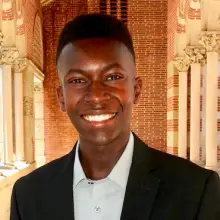
Alvin Makori was a former research assistant at CRPE, where he conducted research surrounding the COVID-19 pandemic and its effect on vulnerable student populations. He also conducted data analyses, interviews, and literature review for school community engagement efforts. Alvin holds a BA in Law, History, and Culture from the University of Southern California, with a minor in International Relations.
In 2013, Aurora, Colorado, was experiencing major demographic changes. A housing boom in this city east of Denver was bringing new families to parts of the city that were previously sparsely populated.
A first look at ESSER priorities indicated many districts may be struggling to reconcile public input with their own strategic priorities.
Students who are unhoused or in housing transition, an already vulnerable population before the pandemic, are falling even further out of sight in the 2020–21 school year.
Our analysis of reopening plans in 106 large, high-profile districts finds that they have taken student engagement and attendance far more seriously this fall than they did after schools first closed last spring.
The summer of 2020 has been one of pain and reckoning for the United States. With widespread protests and discussions happening in the wake of George Floyd’s death, there is reason for concern about children returning to school this fall, beyond the physical health factors.
The needs of students experiencing homelessness have been neglected in both the national dialogue on the impact of pandemic-related school closures and school districts’ plans for remote learning.